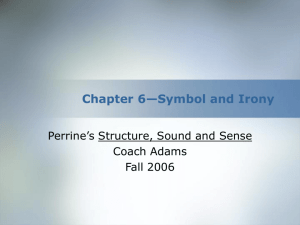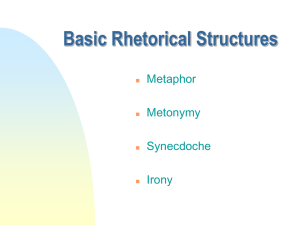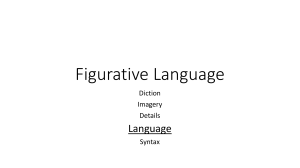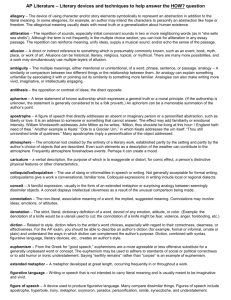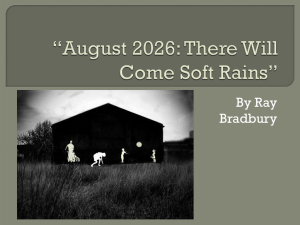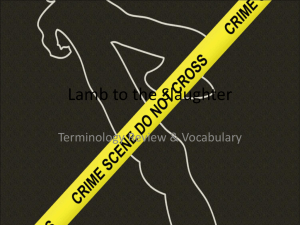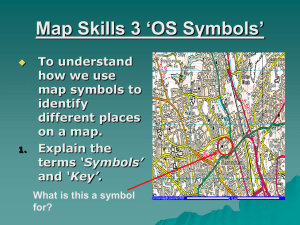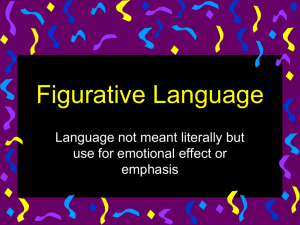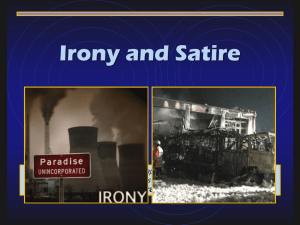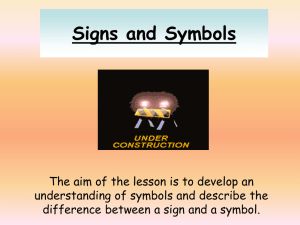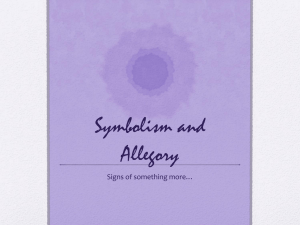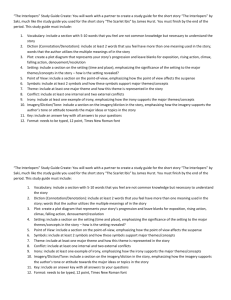Symbolism and Irony
advertisement
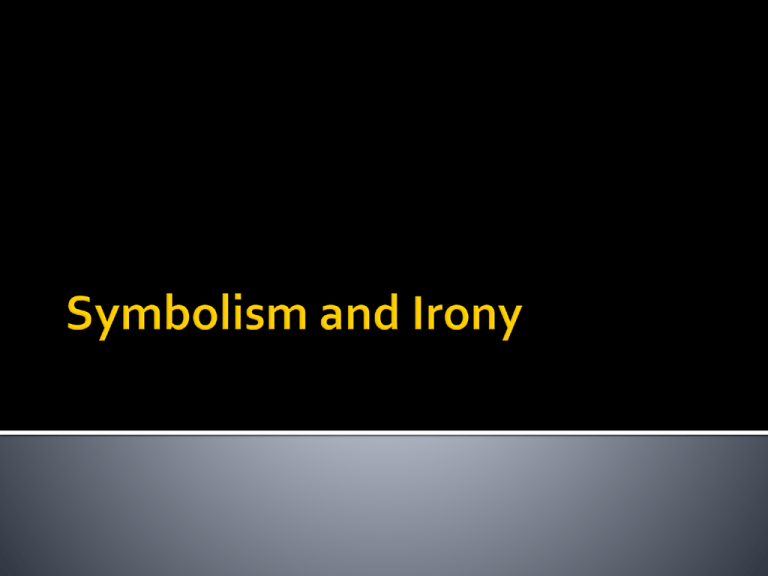
Something that stands for something else Some symbols are universal Symbols that are precharged, nothing is needed to give them meaning Some symbols are created, charged with meaning derived from the context of the film itself Four ways to do this Repetition Value placed on an object by a character Context Special visual, aural, or musical emphasis Drawing attention to an object more often than simple surface object might seem to deserve Object may be relatively minor in importance, functioning to offer insight into the character, or it may have major significance to the dramatic structure Where an object is placed may give it symbolic importance Visual emphasis may be achieved through dominant colors, lingering close-ups, unusual camera angles, changes from sharp to soft focus, freeze frames, or lighting effects Natural sounds, or musical refrains can also become symbolic Symbols interact with one another so the filmmaker expresses the same idea through several symbols instead of relying only on one. Visual metaphor is a comparison that helps the audience understand an image because of its similarity to another image Extrinsic metaphor has no place within the context of the scene itself but is imposed artificially into the scene by the filmmaker Intrinsic metaphor emerges directly from the context of the scene itself Dramatic irony- contrast between ignorance and knowledge Irony of situation- sudden reversal or backfiring of events so that the end result of a character’s actions is exactly the opposite of his or her intention Irony of character- characters embody strong opposites or contradictions or when their actions involve sharp reversals in expected patterns of behavior Irony of setting- action takes place in a setting opposite of our expectations Irony of tone- juxtaposition of opposites in attitudes or feelings

